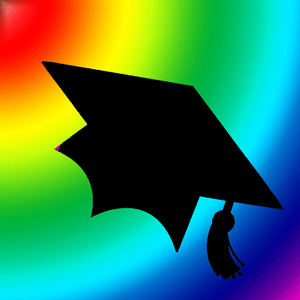Abstract
Motivated by experiential learning strategies and critical self-reflection, this activity to introduce students to educational inequality and the effects of race, class, and gender within the education system. Doing the "Educational Steps" activity enables students to not only critically reflect on their own educational experiences, but to also...Download this resource to see full details. Download this resource to see full details.
Details
- Subject Area(s):
- Education
- Resource Type(s):
- Class Activity
- Class Level(s):
- College 100
- Class Size(s):
- Any
Usage Notes
To introduce students to the idea of how larger inequalities intersect in education, we ask students to draw on their own experiences in school. Students start by standing next to each other in a line in the middle of the space. They must have room to step forward and backwards. Then, as the directions on Table 1 are read, they begin to spread apart, by...Download this resource to see full details. Download this resource to see full details.
Learning Goals and Assessments
Learning Goal(s):
- Goal #1: Help students think critically about their own experiences in K-12 education
- Goal #2: Create a basic understanding of how race, class, and gender affect the American education system.
Goal Assessment(s):
- Assessment #1: For each statement that is read by the instructor, students take physical steps to show their reflection on their experiences.
- Assessment #2: Students engage in a discussion on the different topics that were introduced in the activity while they are standing in a spot that reflect their own educational experience.
When using resources from TRAILS, please include a clear and legible citation.


